Background
Though Nepal is culturally and ethnically diverse country, the term “Inclusion” is poorly defined and badly understood the ongoing debate in Nepal since last decade. Actually, it is widely accepted by the vast majority of deprived groups of people, but bitterly criticized by the cream layer of the society. It is more popular among poor, marginalized, differently abled, women, indigenous, minority, excluded, and disadvantaged segments of society. The concept of inclusion is portrayed as opposite of merit by some clean class of the society. However, inclusion is internationally accepted concept and practice which became a central issue in the area of policy discussions across the globe.
Inclusion in Constitution
Constitution of Nepal clearly explains—Protecting and promoting social and cultural solidarity, tolerance and harmony, and unity in diversity by recognizing the multi-ethnic, multi-lingual, multi-religious, multi-cultural and diverse regional characteristics, resolving to build an egalitarian society founded on the proportional inclusive and participatory principles in order to ensure economic equality, prosperity and social justice, by eliminating discrimination based on class, caste, region, language, religion and gender and all forms of caste-based untouchability.
Realizing the need to address the problems faced by the marginalized and excluded groups, the Constitution of Nepal has provisioned different commissions such as National Women Commission, National Dalit Commission, National Inclusive Commission, National Indigenous Commission, National Madhesi Commission, National Tharu Commission, National Muslim Commission to study, analyze and identify existing situation of concern community and recommend proper policy, legal, and structural reform as well as execute policy and program on behalf of concern community.
Inclusion in civil service
After the change in political regime especially in BS 2062-63 movement, for the first time in the history of Nepalese civil service, inclusion policy was introduced in BS 2064. According to the amendment in the civil service act, to fulfill the vacant post of civil service through open competition, 55% was provisioned to open category and remaining 45% considering as 100%, it was allocated into different 6 categories—33% to women, 27% to indigenous people, 22% to Madhesi, 9% to Dalit, 5% to differently abled and 4% to remote area. Really, this was a groundbreaking departure of traditional civil service into federal spirit.
When this inclusion policy was introduced, 58% Brahmin, 45 % Newar, 13% Chhetri, 12.7% Women, 9.9% Madhesi, Muslim and Marwari, 0.9% Dalit and 3.3% Janajati (excluding Newar) were working in civil service.
Why inclusion?
Different facts and figure speak there are under representation of different caste/ethnic groups or community in Nepalese civil service despite of significance population of diversity groups.
According to the population census 2011, population of major castes/ethnic groups are as follows;
| SN | Caste | Population% |
| 1. | Chhetri | 16.6% |
| 2. | Brahmin | 12.2% |
| 3. | Magar | 7.1% |
| 4. | Tharu | 6.6% |
| 5. | Tamang | 5.8% |
| 6. | Newar | 5% |
| 7. | Kami | 4.8% |
| 8. | Musalman | 4.4% |
| 9. | Yadav | 4% |
| 10. | Rai | 2.3% |
According to the population census 2011, major languages spoken in Nepal are following;
| SN | Caste | Population% |
| 1. | Nepali | 44.4% |
| 2. | Maithili | 11.7% |
| 3. | Bhojpuri | 5.98% |
| 4. | Tharu | 5.77% |
| 5. | Tamang | 5.12% |
| 6. | Newar | 3.2% |
| 7. | Bajjika | 2.99% |
| 8. | Magar | 2.98% |
| 9. | Doteli | 2.97% |
| 10. | Urdu | 2.97% |
According to the annual report of public service commission 2075-76, since fiscal year 2064-65 to 2075-76 total 21,546 civil employees are recommended for final recruitment in different post. The numbers of different categories are as follow;
| SN | Category | No. of employees |
| 1. | Women | 7,331 |
| 2. | Adibasi Janajati | 5,754 |
| 3. | Madhesi | 4,721 |
| 4. | Dalit | 1,971 |
| 5. | Differently abled | 996 |
| 6. | Backward area | 773 |
| Total | 21,546 |
According to a study-Overview of Gender Equality and Social Inclusion in Nepal by ADB in 2010, the poverty level of different ethnic group was as follows;
| SN | Ethnic group | Poverty % |
| 1. | Brahman Chhetri | 18% |
| 2. | Newar | 14% |
| 3. | Dalit | 46% |
| 4. | Muslims | 41% |
| 5. | Hill Janajati | 44% |
| 6. | Terai Janajati | 35% |
The rural poverty level was 35 percent whereas urban poverty was only 10 percent. ADB confirms social exclusion was a cause and effect of poverty as it prevents equitable access and opportunities to services, resources and political representation of poor and excluded communities.
Agriculture is the main occupation of the larger population of marginalized, poor and deprived groups. According to economic survey (MOF) of fiscal year 2075-76, it is estimated 27.1% contribution of primary sector (Agriculture, forestry, fishery, and minerals) to the national GDP. It means larger population is in economic vulnerability.
Public services should be the true reflection of society. Nepalese society is comprised of diversity. According to the later population census there are 126 castes and 123 languages. So, public services including civil service should be inclusive. Only an inclusive civil service can better serve the diverse community. Culturally competent employee or politician can understand the real needs of such community.
In some extent, inclusion can recover the lapses of commonality by providing equal opportunities to all to prosper without hurting others. It can replace the traditional sense of unity in diversity by modern concept of diversity in unity.
The above mentioned facts and figures suggest the need of making Nepalese civil service more inclusive and participative by introducing effective and practical inclusion policy. So, it is necessary to offer them equal opportunities with compatible state structures without total damage in merit system.
How to make civil service inclusive
Only 44.6% people can speak Nepali and rest of the population have difficult to face the competitive examination of public service commission based on the Nepali language to enter civil service. Especially, candidate of competitive examination from ethnic groups and other non-Nepali mother tongue community have to face extra problem because, they have to appear in second language in such competition. But, it is practically difficult to conduct such competitive examination in the non-Nepali language. Due to technical, financial, and managerial point of view public service commission cannot conduct such examination in dozens of ethnic languages. So, reservation policy is best option to attract diverse talent from different community.
But, in the long run such provisions do not address the real problem of poor class of all community. For this, in the long run it is better to allocate the reserved category based on the poverty of each cluster. Inclusion policy should be continued until the extreme poverty exists. Concurrently, empowerment strategies must be launch side by side. Such as opportunity to higher study, training and orientation programs can enhance the capacity to compete in the future. It is better to allocate 50-50% vacant seats by merit based and inclusive based competition. Inclusive 50% inclusive seats should be fulfilled by 50% from female and 50% male.
Inclusion in proposed federal civil service act
According to the proposed Federal Civil Service Act, 49% of the total vacant seats are reserved for different ethnic groups by dividing fifty-fifty percent to male and female allocating as following;
| SN | Groups | Women | Men |
| 1. | Dalit | 13% | 16% |
| 2. | Adibasi Janajati | 26% | 33% |
| 3. | Khas-Arya | 28% | 10% (Poor) |
| 4. | Madhesi | 16% | 20% |
| 5. | Tharu | 5% | 7% |
| 6. | Muslim | 4% | 5% |
| 7. | Remote area | 4% | 5% |
| 8. | Differently abled | 4% | 4% |
From the proposed allocation of reserved category, Khas-Arya, Tharu, and Muslim category are clearly defined. There is no extra debate on proposed cluster. Some activists from non Khas-Arya community have been criticizing on inclusion of Khas Arya. But, there is no reasonable logic to criticize the inclusion of Khas-Arya. The percentage of allocation can be discussed but inclusion of Khas-Aeya is not the subject of discussion because there are too many deprived and poor Khas-Arya people who are far away from the access of state privileges enjoying by elite non Khas-Arya. Economically, wealthy Janajati or Dalit or Madhesi are more privileged than poor Khas-Arya. Higher class Khas-Arya do not understand the language of poor Khas-Arya. Similarly, elite non Khas-Arya do not understand the language of poor people of same community. This is the emerging social trend in Nepal.
Way forward
In Nepalese society, poor have long been treated as subhuman and inferior in all community. Poor have common problem. No other than poor can understand the cost of being a poor. Poor have no caste, no language, and no religion. Poverty is their common caste. Scarcity, hunger, dieses, illiteracy are their common language, culture and religion. Therefore, state sponsored opportunity especially in direct employment, must be offer to poor class of all community.
All the poor and disadvantaged class of all ethnic community have common pain whereas wealthy people from all community have intimacy based on power, money, benefits and interests. Such type of social reality is being realized in recent days. So, it is better to allocate such quotas to poor people until the officially declaration of end of all type of poverty in the country rather than providing unjust opportunities to clean layer of people either from Khas-Arya or non Khas-Arya community.
In this way, the problem of elite capture can be addressed by offering opportunity based on study, analysis and introducing scientific and objective identification of poor. This will resolve the debate over merit and non-merit too. Similar to the provision to Khas-Arya, poor Newar should be provided some separate seats and exclude the cluster from Adibasi Janajati because they have significant presence in civil service.
Concluding remarks
Civil service is the most important apparatus of the government to execute the state policy and decision. Government and administration are not the ends of the nation. The ultimate end of the nation is the development and welfare of its citizens. Government and the civil service as well as other state structures and machineries are means to meet the people’s welfare. To make governance system inclusive, it is necessary to honestly implement the existing legal provision and continuous research on further reform and improvement in this area. Until and unless citizens from all community feel their dignified presence and participation in governance mechanisms, they do not have the feeling of trust and ownership towards government and governance. Inclusion policy is gradually reaching to the door and touching the heart of poor and it must be continued to the poor of all segments of society until the officially declaration of zero poverty in the country. There is no need to offer this opportunity to elites of all community. But there is urgent need of identification of poor in a fair manner.
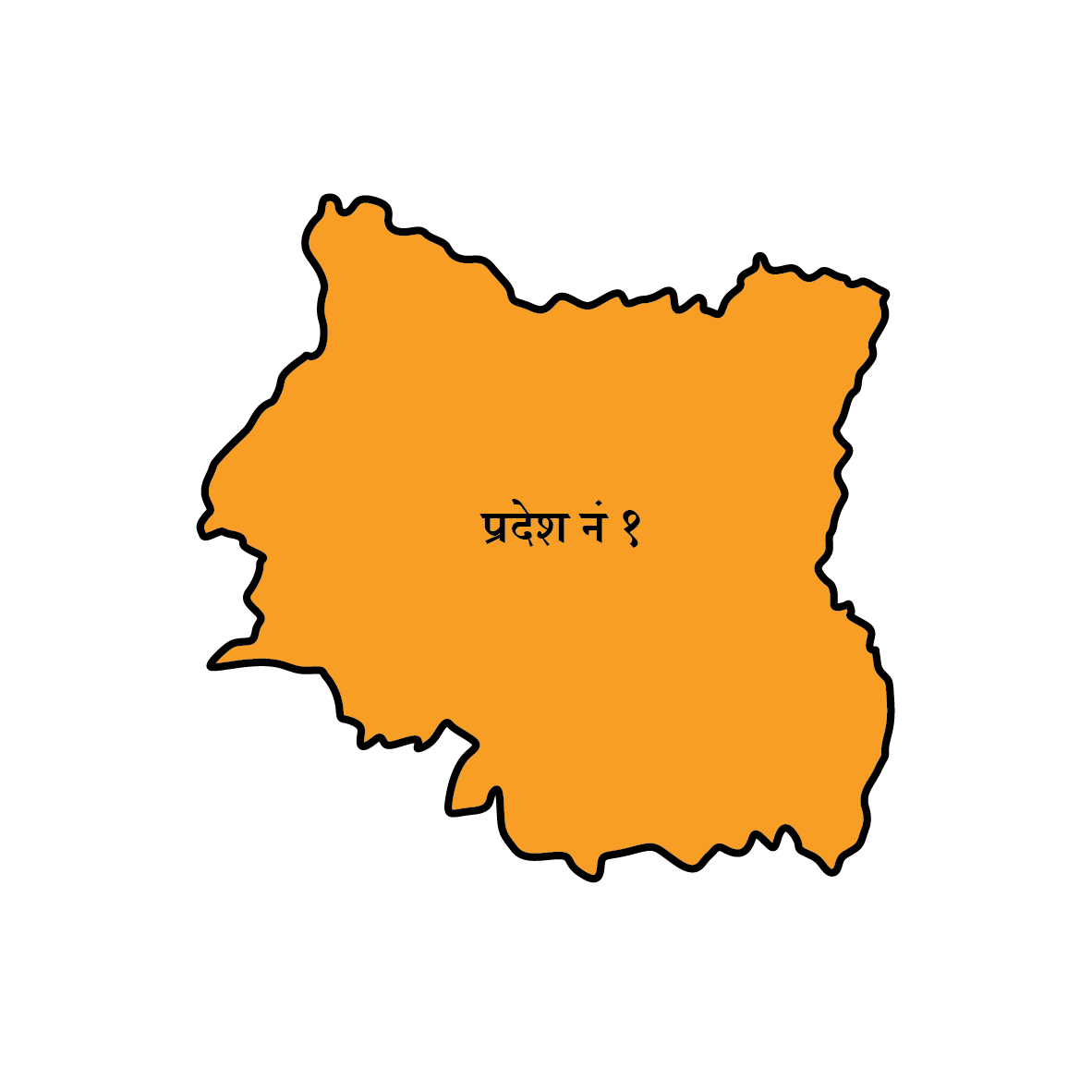 कोशी प्रदेश
कोशी प्रदेश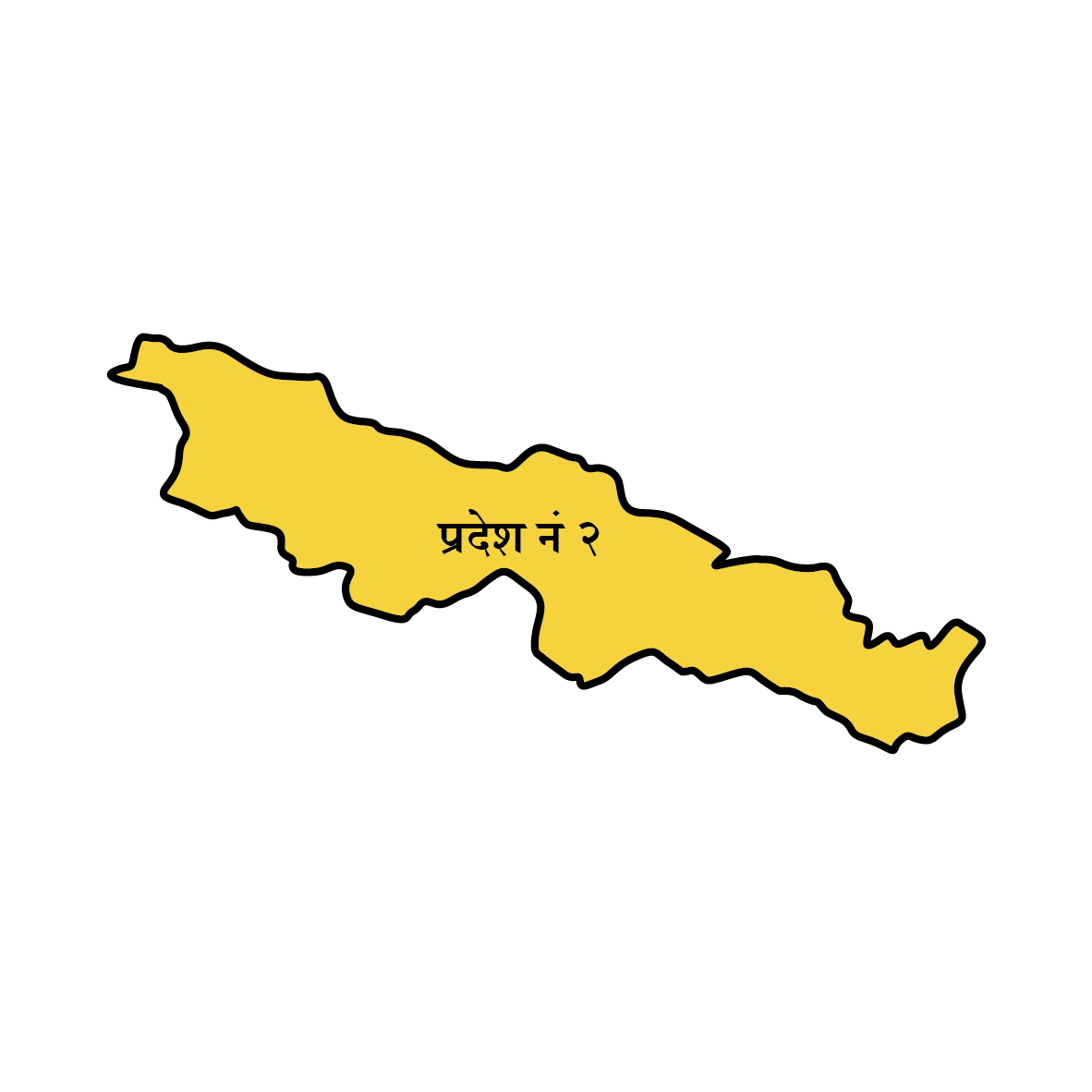 मधेश प्रदेश
मधेश प्रदेश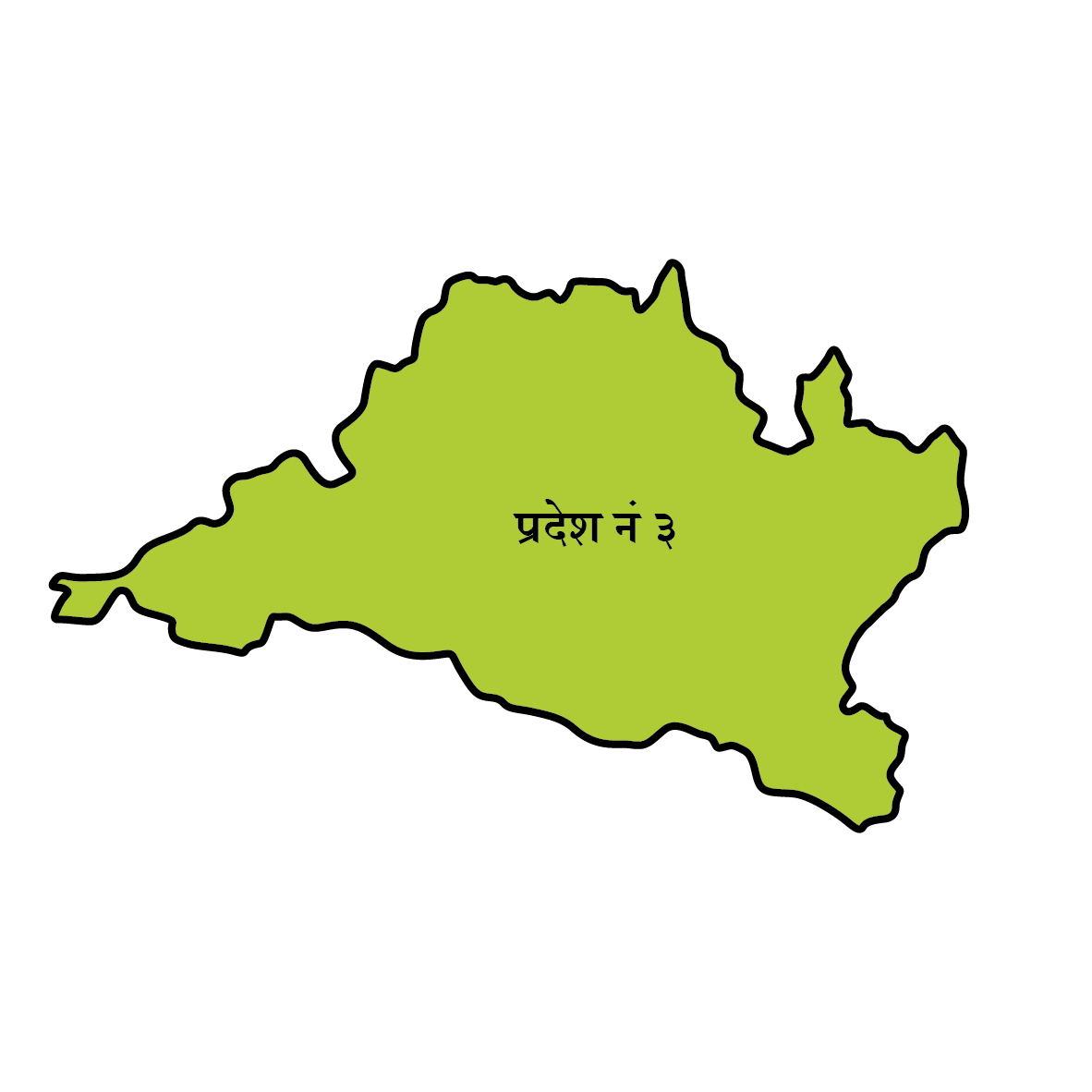 बागमती
बागमती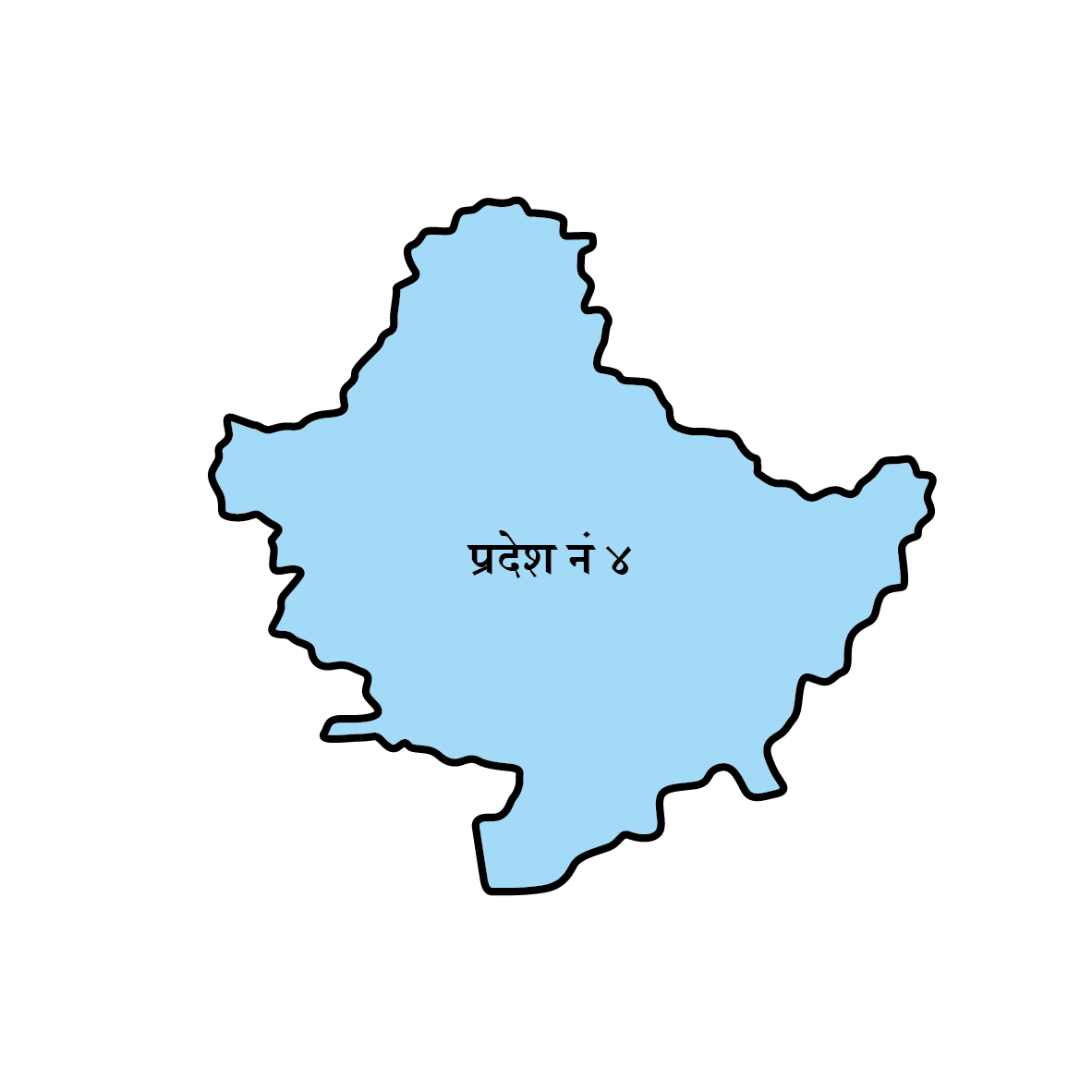 गण्डकी
गण्डकी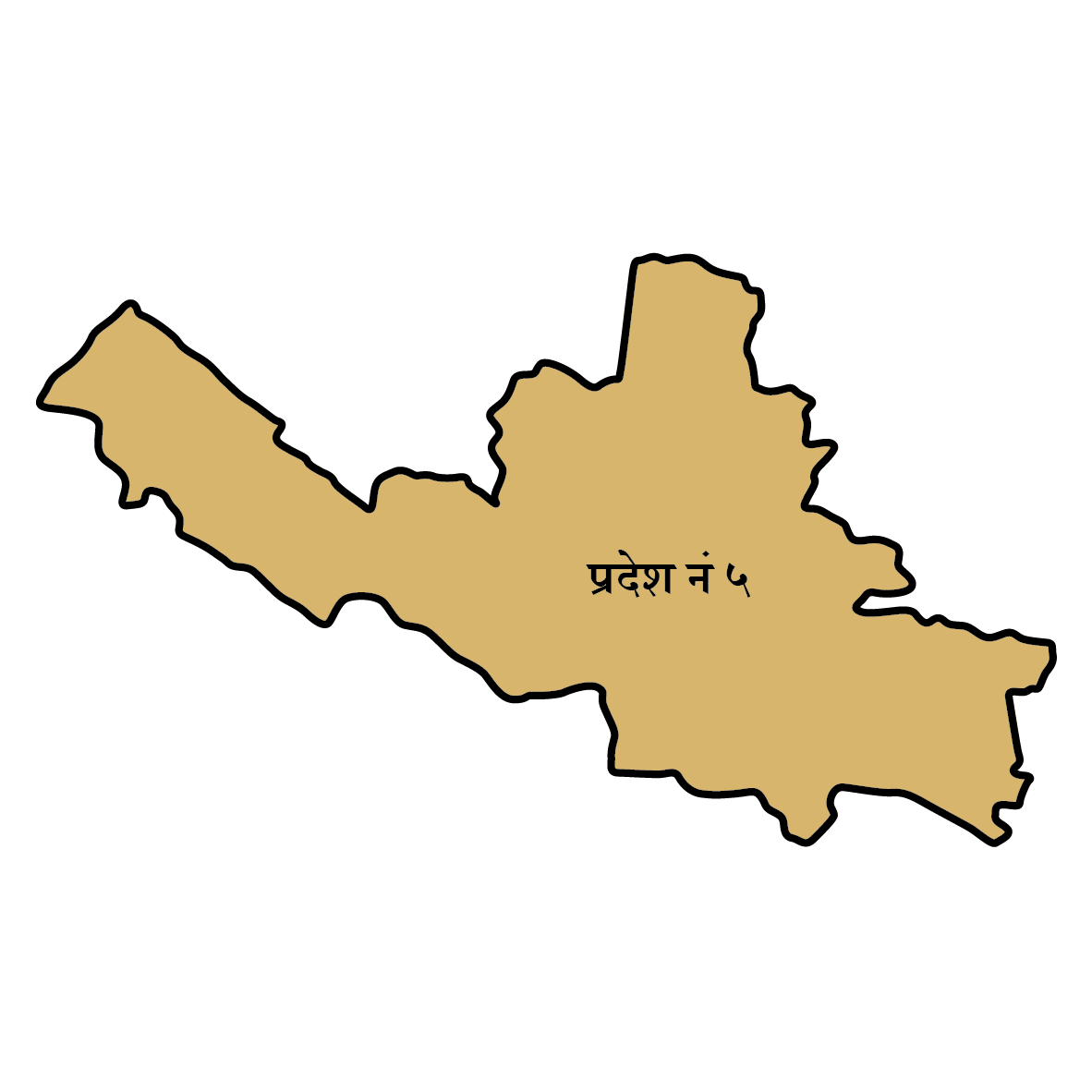 लुम्बिनी
लुम्बिनी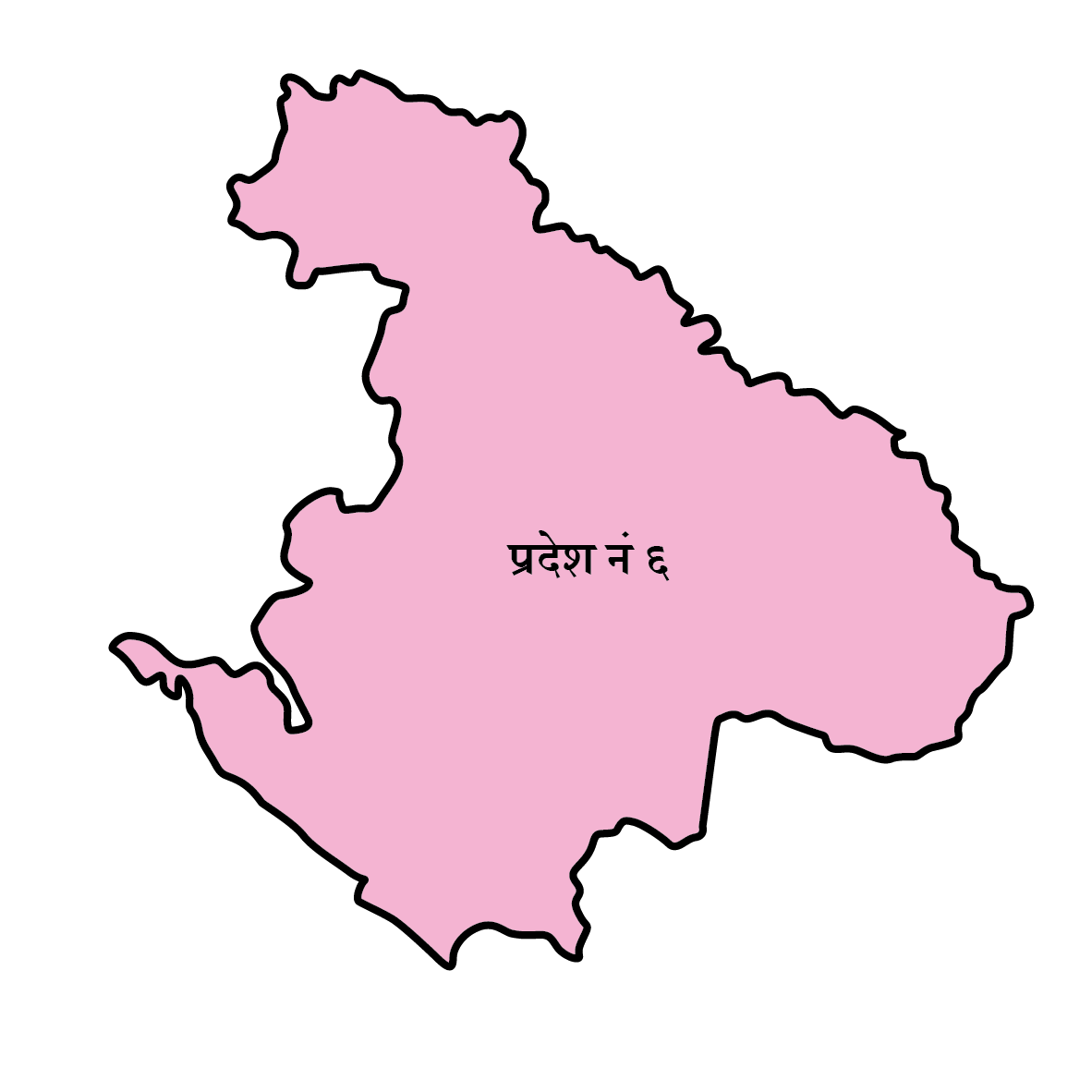 कर्णाली
कर्णाली 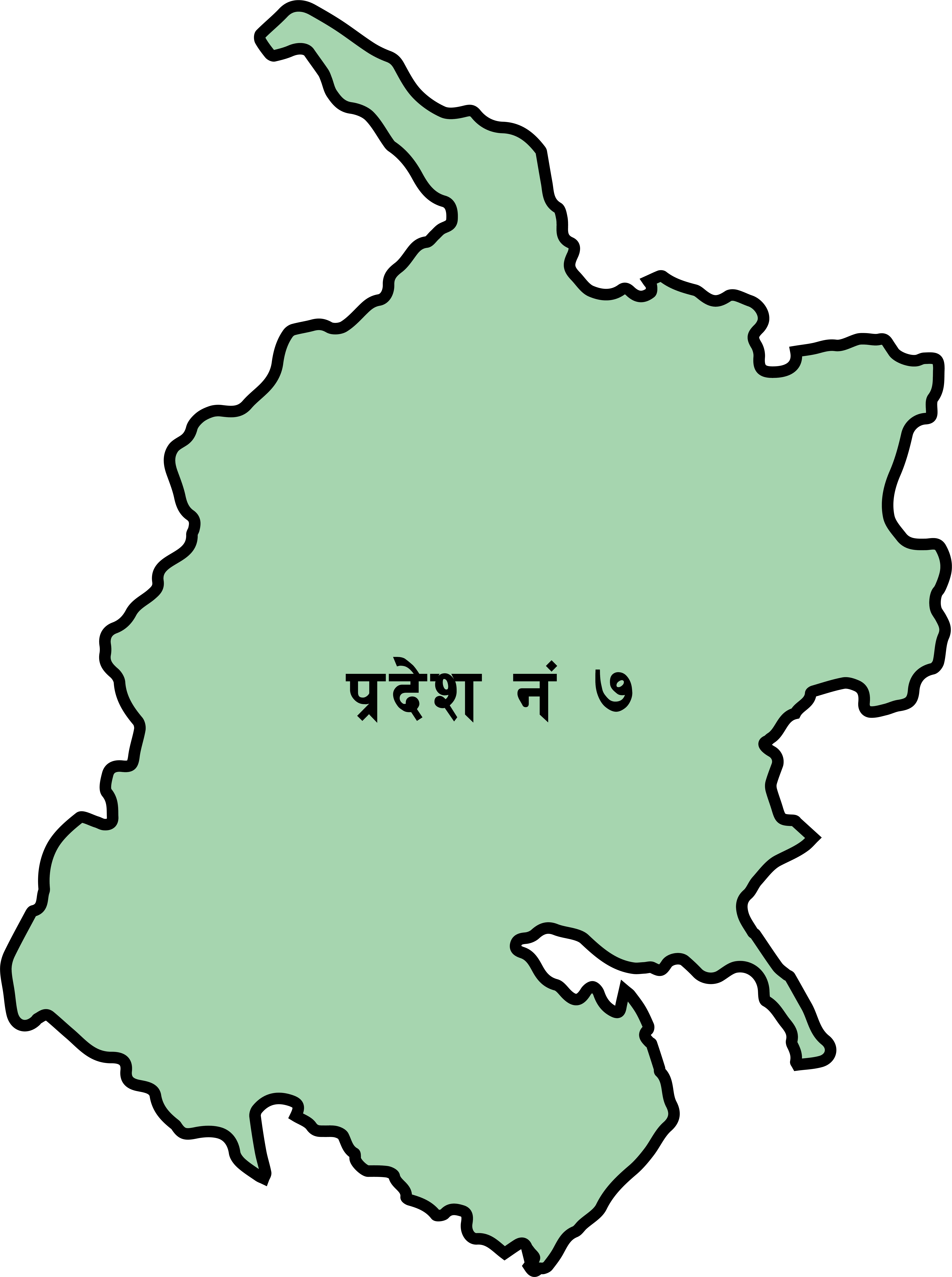 सुदूरपश्चिम
सुदूरपश्चिम
















